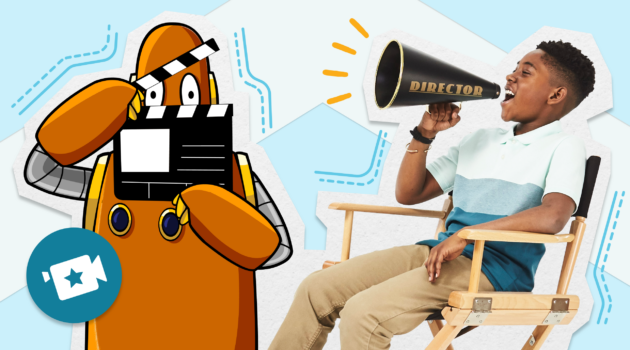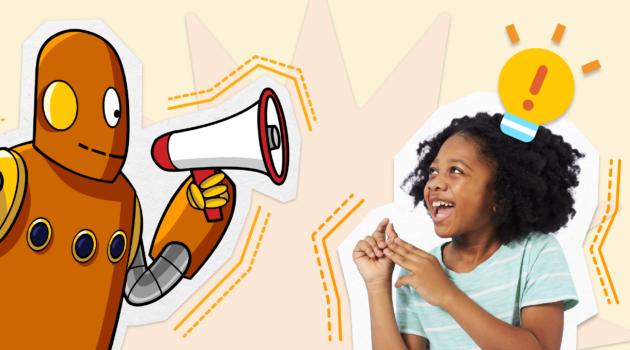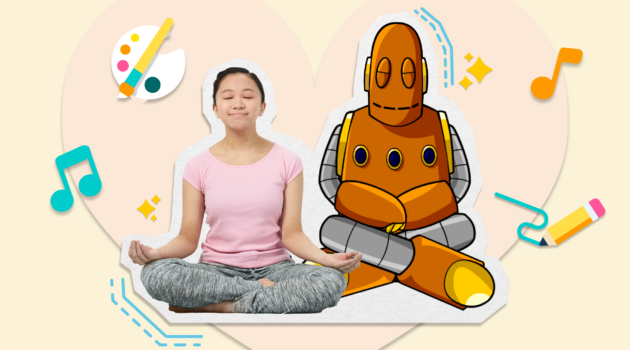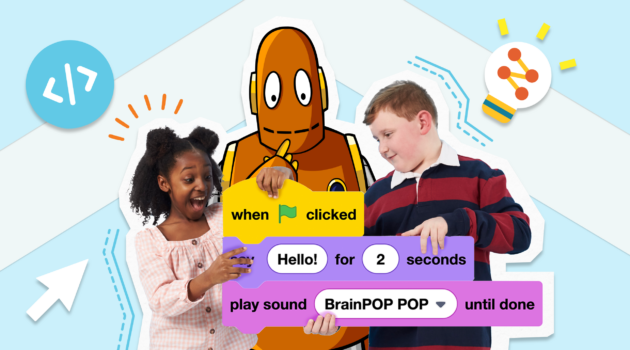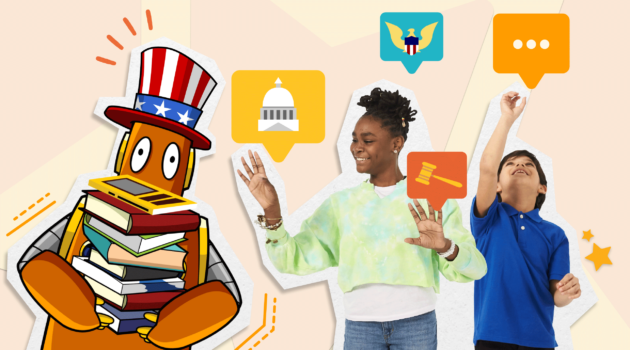Teaching Strategies
Helping Students Apply Digital Best Practices Today and Every Day
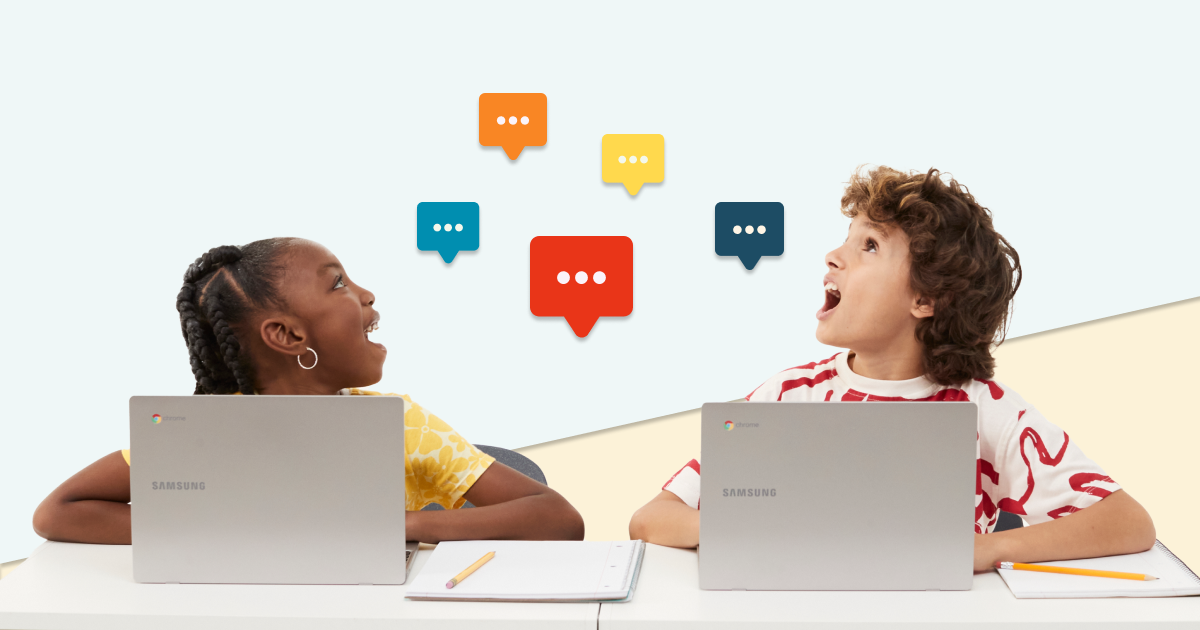
When Digital Citizenship Week was established in 2012, the world looked different. Many classrooms had a single, shared desktop computer that students could use for occasional research projects. Few students had laptops, but if they did, it weighed about five pounds.
Now, most classrooms in the United States are 1:1, with a device assigned to each student. The most common device? A Chromebook weighing just under two and a half pounds.
Students engage with technology in the classroom differently now, too. From bellwork to exit tickets, students complete and submit assignments online. Some attend school digitally!
That’s why equipping students with digital citizenship skills and best practices is a 365-day-a-year mission. Digital citizenship is also just the beginning. If we want students to use the internet to become lifelong, self-directed learners, we must embed digital literacy instruction in our lessons.
Unraveling netiquette from know-how
Today, a positive digital footprint matters more than ever. That’s where digital citizenship comes in. Digital citizenship teaches students to protect their online data and be mindful of how online interactions affect real-world relationships.
Digital literacy, on the other hand, is about more than knowing how to behave on the internet–it’s about how to harness it as a tool to deepen their learning. Digitally literate students can find, evaluate, and use information effectively.
Classrooms powered by technology
For students to truly understand important concepts like these, they can’t be isolated to a couple of fun activities a year. They have to be a constant part of the dialogue in your classroom.
But we get it–you already have a long list of learning standards to get through before summer! So how can you teach learning standards while helping students build their digital savvy?
- Show What They Know: Giving students the time to reflect is vital in any effective lesson cycle. When students use digital tools like BrainPOP’s Make-a-Movie, to synthesize their reflections, they aren’t just having a high-quality learning experience–they’re practicing digital citizenship by considering how they present themselves online and practicing digital literacy by ensuring the information they share online is accurate.
- Gamified Learning: It’s no secret that many students love video games. Fortunately, many games help students build an understanding of complex topics while enjoying a favorite hobby! When playing online games, students show digital citizenship by translating real-life sportsmanship skills to the internet. You can help them become more digitally literate by voicing what makes the game you’ve selected reputable.
- Explore New Topics: When faced with a new challenge, students must tap into their resources and push their boundaries. Online research lets them do just that! In doing so, they navigate the waters of problem-solving and reinforce digital citizenship by making informed and respectful choices online. Plus, they’re honing their digital literacy skills as they curate and cross-check resources.
Modern skills support future-ready learners
Every time students go online, whether it’s for homework, games, or research, they’re joining a big digital world. But it’s not just about using the internet; it’s about using it the right way.
Knowing how to act online is just as essential as any other subject in school. It’s a skill students must learn and use for the rest of their lives.
Katie Pothireddy is a former vice principal, teacher coach, and classroom teacher. She holds a Master’s in the Science of Education from Johns Hopkins University.


